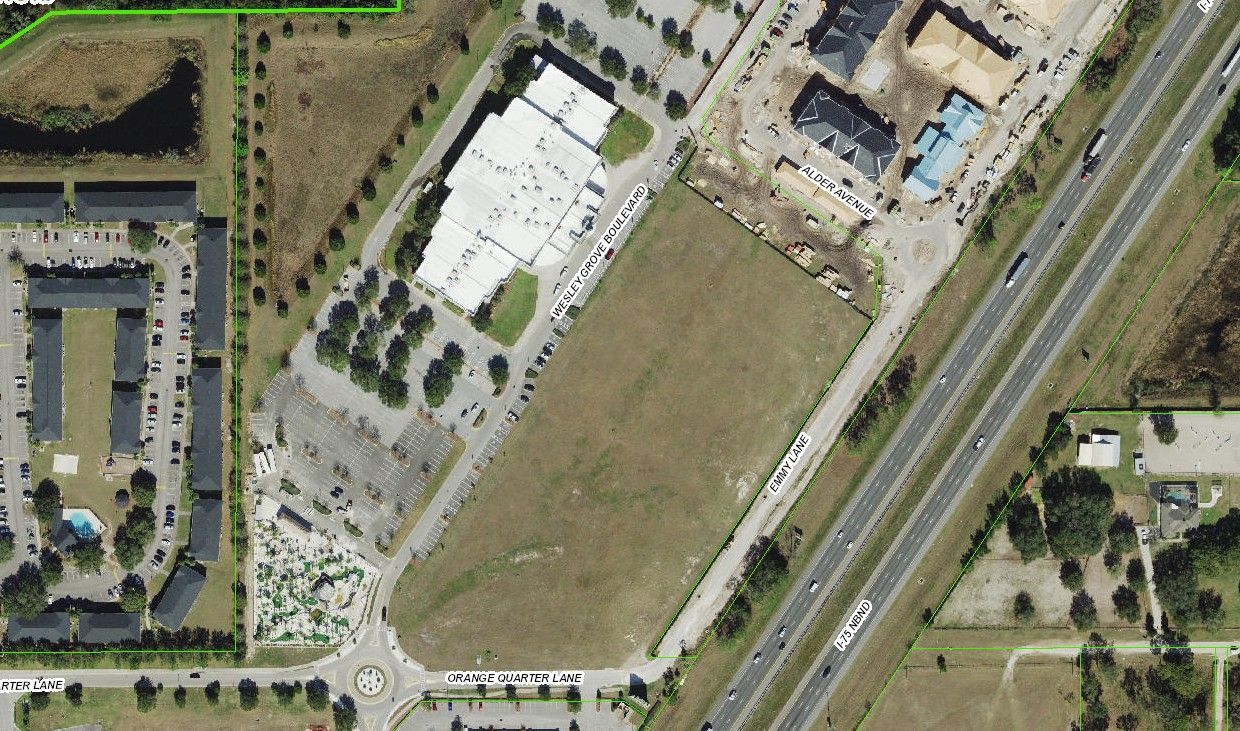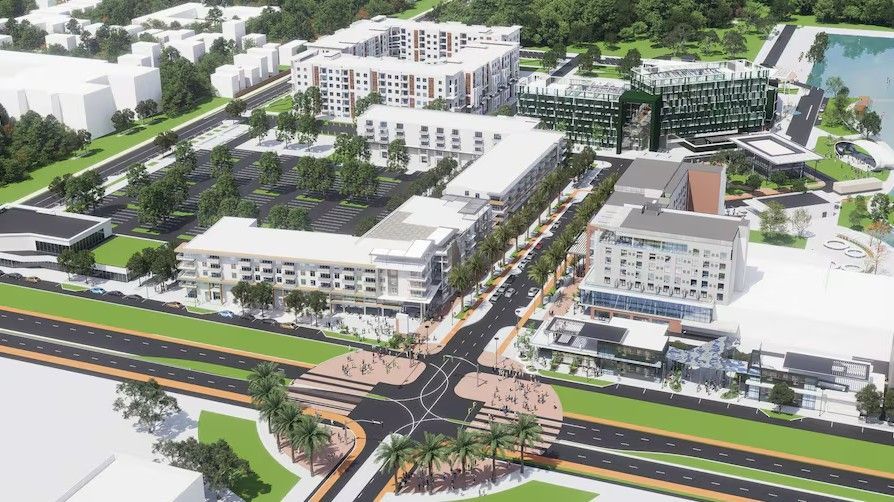Short Term Rentals & The Appraisal Process
Short Term Rental property's have become an increasingly popular way for people to produce extra income using property they already have available to them. A lot of factors come into play when determining if a short term rental can be successful. Zoning laws, desirability of the area, amenities, and more come into play. This blog discusses short term rentals and what factors come into play when when an appraiser is conducting services for a short term rental owner.
A variety of property types are utilized as short-term rentals, such as single family homes, condos, motels, hotels, and add-ons. In many locals, a rental is classified as short-term when it is less than one month in length. The ability of a property to be used for short-term rentals varies by locale and can even vary within an individual neighborhood.
Many properties in Florida are being converted into short-term rentals.
Many smaller multi-family properties have been converted from apartment use, into short-term rental use. This allows the property owner greater flexibility over occupancy, without having to commit to lengthy leases. In many cases, the rents that can be obtained through platforms like Airbnb or VRBO are much higher r than what can be obtained on month to month or annual leases. This often translates into a considerably higher NOI for the property, even though management expenses and vacancy are higher. When considering converting a property to a short-term rental, it is important to make sure relevant market data is gathered. Tools such as AirDNA offer insight into historical booking rates, and can even show you which periods of the year would be best to undergo remodels or occupy the property yourself.
In the appraisal of a short-term rental property or a proposed conversion, it is necessary to gather data from a variety of sources to ensure income potential for the property is accurately reflected in the appraisal process. For instance, an appraisal of an Airbnb in St. Pete Beach in September would provide a much lower value if the appraiser utilized the offseason daily rental rates in September and applied them for the entire year. In many locations, daily rates can be 100% higher during peak season than the rest of the year. To circumvent this issue, the industry uses the Average Daily Rate (ADR) to compare the desirability of different properties. The Average Daily Rate is derived by dividing the total revenue generated by a room or property over a period, by the number of rooms that were booked. So, property that generated $100,000 of revenue over 500 bookings would have an ADR of $200.
𝐴𝐷𝑅 = 𝑅𝑒𝑣𝑒𝑛𝑢𝑒 𝐺𝑒𝑛𝑒𝑟𝑎𝑡𝑒𝑑 𝐷𝑢𝑟𝑖𝑛𝑔 𝑃𝑒𝑟𝑖𝑜𝑑 / 𝑁𝑢𝑚𝑏𝑒𝑟 𝑜𝑓 𝑁𝑖𝑔ℎ𝑡𝑠 𝐵𝑜𝑜𝑘𝑒𝑑 𝐷𝑢𝑟𝑖𝑛𝑔 𝑃𝑒𝑟𝑖𝑜𝑑
Then occupancy rates must be incorporated. Proprietary sources, such as AirDNA, estimate the overall rate for a room or property type within an area (they can also allow you to see estimates of competitor’s past ADRs and occupancy). Even in the most desirable locations, vacancy rates can be quite high. Many multifamily properties operate at over 90% occupancy year-round. Many short-term rentals will operate at >90% vacancy during peak season, while having less than 50% occupancy during their slow seasons. An investor or appraiser familiar with traditional residential properties would likely overstate the occupancy of a property and scoff at the idea of a profitable property being empty 30% of the year (or more!).
Just because there are other properties in the area on VRBO or Airbnb does not mean that a property can be used for short-term rentals. Many properties on VRBO or Airbnb do not conform to zoning and/or occupancy laws and are at risk of being shut down or fined. Even if they are operating legally, conversion of a residence in the area might not be possible. St. Pete Beach, for example, has established credit pools that must be accessed in order to get short-term rental permitting in certain zoning districts. At the same time, the City of St. Pete Beach allows building constructed before certain dates to be used for short-term rental, but not buildings constructed after that date.
The short-term rental industry has grown much faster than many of the municipalities they are common in. This has lead to antiquated and convoluted zoning and legal treatment that can confound analysis.
With the growth of the short-term rental market, many properties are being converted from commercial and residential use to short-term rentals. A buyer may have bought a small apartment building off market while already starting the procedure to change its use. Furthermore, a property that has explicit approval to operate a 5 room motel might have the same gross income as a converted apartment building in an adjacent zoning district. But if the converted apartment building is operating illegally or with implicit permission, the price of the licensed 5 room motel will be higher than the converted apartment as there is much less risk that the property will lose the ability to be legally rented on a nightly basis. This makes comparable sales data much more difficult to navigate than for many other property types. Experience within a specific neighborhood is always useful, but it is especially useful in the appraisal of short-term rentals. Relationships with real estate agents and knowledge of the month-to-month changes of an area greatly improve appraisal accuracy. Compared to industrial and commercial properties, the industry moves at a rapid pace.
The Income approach is virtually always used in appraisals of this property type. After all, no one can owner-occupy an entire motel The cost approach is generally less relied on in this market segment. If a property is being converted or renovated, the cost approach is often completed to support the values derived from the other approaches of value.
If you own or operate a short term rental in Florida and would like appraisal & valuation services, please contact:
Mike Cliggitt, MAI, MRICS, CCIM
813.405.1705 - Direct Line for Tampa Bay and surrounding areas
863.661.1165 - Direct Line for Lakeland and surrounding areas
SHARE CONTENT





